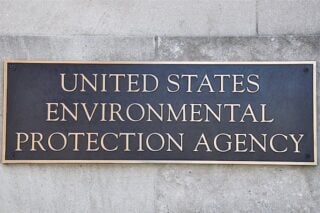Libby Superfund asbestos victims have reached a $25 million asbestos settlement with the State of Montana, according to numerous news sources. This settlement will provide compensation to over 1,000 people who were exposed to asbestos by W.R. Grace and Co.’s mine and later diagnosed with asbestos-related diseases.
These diseases include asbestosis and mesothelioma, which causes scarring of the lungs. However, due to the prolonged latency period, the span between exposure and diagnosis can be 20 to 50 years long.
The latency period average is 35 to 40 years and most adult mesothelioma cases are diagnosed in patients between the ages of 40 and 70 years old. This contributes to a patient’s prognosis. If the cancer is caught earlier in development, it will respond much better to treatment.
According to health officials, about 400 Libby residents have died as a result of the mine’s asbestos exposure and another 3,000 have become sickened.
The Cascade County District Court ruled Montana health officials did fail to warn Libby miners about the dangers of the vermiculite mine. The state had claimed it had no legal obligation to give warning of the hazards, but despite denying liability, the state government managed to reach a settlement with victims.
Vermiculite produced at the W. R. Grace mine was contaminated with a deadly form of amphibole asbestos known as tremolite. Tremolite is among the most deadly of all asbestos fibers and poses a danger to anyone inhaling it.
This settlement stemmed from 100 asbestos-related lawsuits representing 1,026 individuals. This includes former employees of the mine as well as some of their family members. The asbestos fibers were brought back to people’s homes on workers’ clothing.
The Libby mine in Montana closed in 1999. Almost $600 million has gone toward cleanup since then. It’s the biggest and longest asbestos project in U.S. history. The U.S. Environmental Protection Agency has cleaned up over 7,100 properties and is estimated to complete another 700 before the project comes to a close.
In 2002, victims’ claims against the state were dismissed. In 2004, the State Supreme Court overturned the decision in Orr v. State of Montana.
This was a significant Montana Supreme Court case as it ruled the state had a duty to Libby miners, their family members, and the community. State officials supposedly knew about the problems since the 1950s.
In 2011, a $43 million settlement was reached for more than 1,000 victims because state officials knew the asbestos was killing people, but failed to say anything.
W.R. Grace and Co. filed bankruptcy shortly after the extent of the asbestos contamination became known. As a result, the company has removed itself from most liability.





